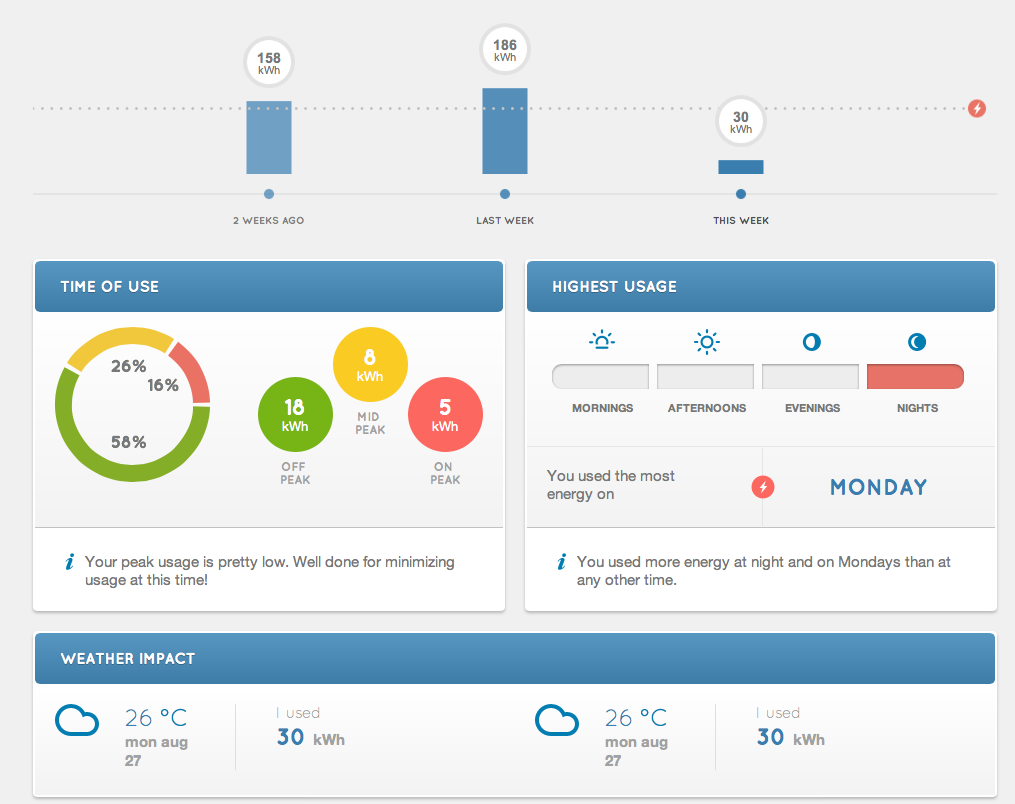Think of the possibility of a very reliable power network with no power fluctuations, minimal or no load shedding, self-healing in case of a fault and very efficiently providing cheap electricity. Imagine a power network or meter that lets you have real time access of your power bill from a phone App on your Android or iOS device. I mean a grid that’s a lot more green and environmentally friendly as it incorporates more renewable sources of energy like Solar or Wind into the grid and therefore reduces the reliance on or use of fossil fuel sources of power. All these and more possibilities can be achieved with the smart grid. So what exactly is a smart grid? Smart grid is basically integration of levels of intelligence, automation and control to the power grid. This means more fast computers, two way communication between the consumer and the utility provider, advanced system monitoring, new technologies and equipment to go with it. The main goals of the smart grid are;
Intelligence – Sense faults or disturbance before it occurs and respond by isolating the problem and rerouting power to reduce on the potential outage. Power quality – Provide the right quality without interruptions, sags, spikes, disturbances suitable for the digital economy. Efficient – Be able to meet and respond to the ever changing demand with limited or no change in infrastructure. Integration of other sources – Ability to integrate other sources or storage options like renewables without affecting stability and power quality.Advertisement - Continue reading below Resiliency – Ability of the grid to operate in resistance to attack or natural disaster by implementation of security protocols. Ability of the grid to provide new markets, products and services as it emphasises on plug and play innovation for example the ability of a plug in electric vehicles to supply battery power back to the grid especially during peak hours. Active consumer involvement in their energy consumption because of the two way dialogue between the utility and consumer
Full stage implementation of the emerging smart grid technologies at the different points on the grid require large investments in equipment and personnel training, government and utility involvement in fostering new ideas in research and implementation. From these goals one can see a win-win situation for everyone involved; the policy makers – economic advantages and improved quality of life, Utilities – can meet all demand without need for new infrastructure, you and me the consumers get more control and reliability, investors – return on investment. So how does Uganda fit in here, well smart grid is a wide concept that can only be adopted one stage at a time. Dr. Richard Okou lecturer at Makerere University College of Engineering, Design, Art and Technology had this to say on the topic “Smart grid needs to be redefined for Uganda” this means although smart grid targets different general problems, our immediate needs for the smart grid are very specific therefore our resources should be channeled accordingly. For example Umeme (the power distribution company in Uganda) would like to be able to load shed at transformer level or specific consumers instead of the whole feeder (this basically means more control on who or where they can load shed). Dr. Okou also mentioned he had a few students working on the different aspects of smart grid especially on how this concept can be translated to the Ugandan power network implying that this technology is not far-fetched for our country. In 2011 Umeme piloted prepaid metering a project that is still on going. This is a good start in the move towards a more intelligent power network with more domestic user control. Problems like meter reading faults or over estimation of the meter reading and power theft which are commonly experienced problems can be eradicated. In summary smart grid is not a one-time implementation, it is a continuous improvement of different systems on the power network making it more robust and reliable, increasing the control and level of intelligence. It is not limited to a specific area or part of the grid but a combination of different stages of implementation at points on the grid. Question is; is this an area our government should look at or should it first invest in making power available or a necessity in every home (what people in power and energy would call extending the grid). What are your thoughts? Editor’s Note: This is a guest post by Jemimah C. Akiror. She is as a research assistant at Concordia university Canada where her research is mainly in energy efficiency and electrical machine design. She also takes interest in power systems, renewable energy technologies and power electronics. You can follow her via @JemyConnie or on Linkedin.



